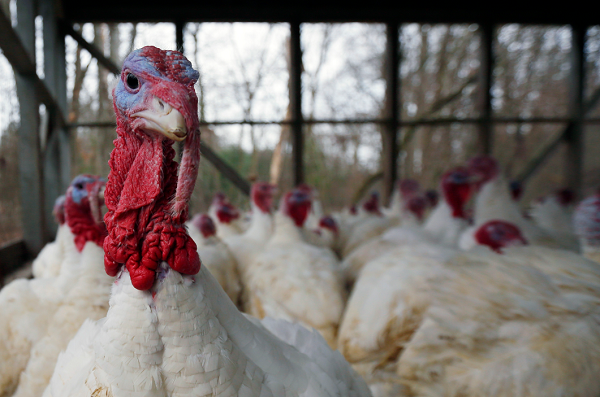Thanksgiving Turkey 2016: What Is The Difference Between Dark And White Meat?

Figuring out the best way to carve the Thanksgiving turkey might be the biggest test for some, but there are others who face the unnerving challenge of determining which cut of meat is the best. So what's the difference between white and dark meat?
While deciding if white or dark meat tastes better is based on an individual eater’s choice, that's just once of the many differences between the two cuts. Texture, color, flavor, moisture and nutritional benefits differ in white and dark turkey meat.
Although white meat is generally considered healthier because it has fewer calories, that isn't necessarily true. Turkey’s most famous cut, the breast, contains about 160 calories, according to the Department of Agriculture. However, it’s dark meat counterpart, the turkey thigh, contains only 30 calories more than the breast with 190 calories. Also, dark meat contains more vitamins in comparison to white meat. It has more iron, zinc, thiamine, riboflavin and vitamins B6 and B12.
As for the color, meat is only darker in turkey – and every other type of poultry – because of the muscles. Muscles in the turkey legs and thighs contain higher levels of a compound called myoglobin that helps muscles transport oxygen throughout the body of the bird, promoting physical activity. Turkeys and chicken are flightless birds, so because they spend more time walking and utilizing their legs and thighs, they release more myoglobin, causing the meat in the legs and thighs to appear darker while the breast meat remains white.
Dark meat tends to be juicier and has a more game-like flavor, which, is because of the constant movement of muscles in the thighs and legs. This leads it to produce chemicals, fats and proteins around those muscles.
© Copyright IBTimes 2025. All rights reserved.






















